What sits on the outside of a mattress can be just as important as the materials on the inside of a mattress. Mattress covers can vary greatly in thickness and provide significant pressure relief, comfort, and varying feels to a mattress.
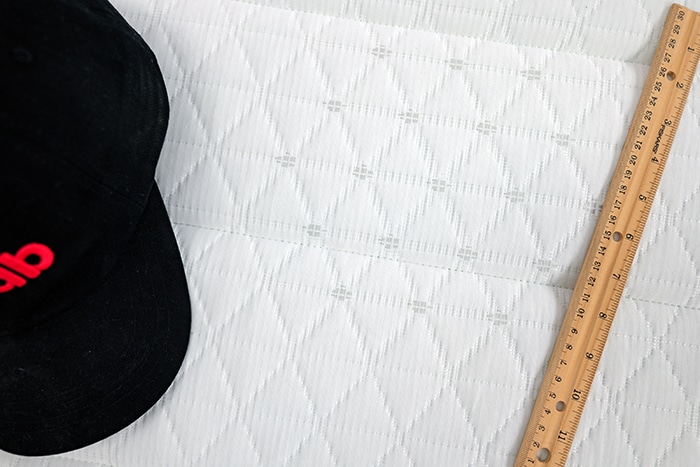
What’s in this guide?
What is a mattress cover? | Types of Mattress Covers | Thin Covers | Quilted Covers | Pillow Tops | FAQs
What is a Mattress Cover?
A mattress cover is simply the outer layer that surrounds and protects internal layers of a mattress. The cover is typically non-removable and is a permanent part of the mattress.
You can add other “covers” to the mattress, including mattress protectors, mattress encasements, mattress pads, mattress toppers, etc., but for the sake of this guide, these are not what we are talking about.
With that explanation aside, let’s go ahead and dive in.
Types of Mattress Covers
There are many different types of mattress cover. Between the varying cover types and the language that mattress brands sometimes use to describe these covers, it can be really hard to know exactly what the cover is and how it will feel.

In my view, there are 3 basic types of mattress covers:
- Thin Cover – a thin fabric layer with no quilted material and no padding
- Quilted Cover – a thin layer of quilted material within cover, typically 1.5″ or less
- Pillow Top Cover – thick layers of foam, padding, and/or quilted material makes up a substantial and thick cover, typically 1.5-3.0″
Thin Covers
Thin covers on a mattress are a single fabric that loosely covers the mattress. You can typically stretch the cover away from the body of the mattress. These covers contain no quilting material or padding. It’s just a layer of fabric.

These types of covers are typically cotton or polyester and breathable in nature. Some thin covers include phase-change material or coatings that help the mattress to have better cooling.
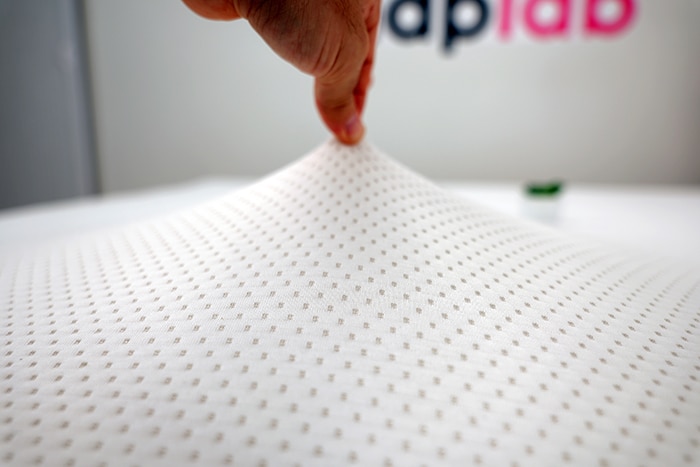
Mattresses with a thin cover rarely try to use marketing or complicated nomenclature to represent anything beyond a thin cover so there’s not much confusion with this mattress cover type.
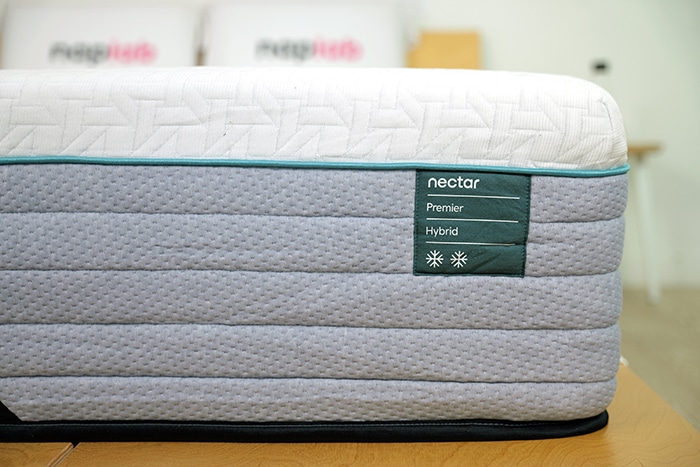
Thin covers are great for those who dislike pillow tops or other types of quilted covers. The thin cover allows the body to more directly engage with the foam layers below, which can be beneficial for mattresses that use more advanced, high performance foams.

Here are some examples of high-quality mattresses with thin covers:
Quilted Covers
Quilted covers have a small amount of foam or other padding material immediately below the top fabric layer. This extra quilted material is typically 1.5″ or thinner.
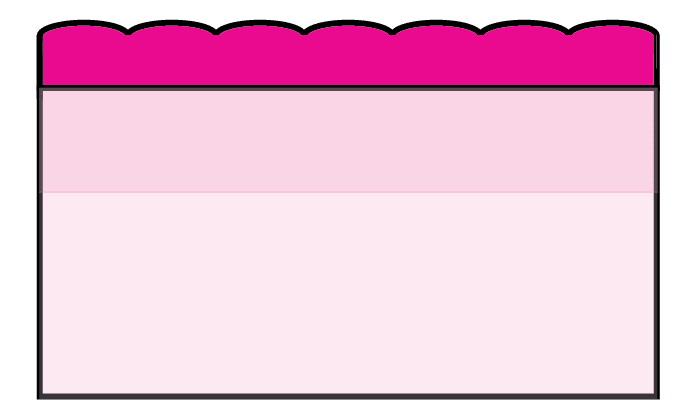
The exact quilted method may vary. It can be quilted with different types of stitching, ex: scalloped stitching like on the DreamCloud Premier or diamond stitching, on the Silk & Snow Hybrid.
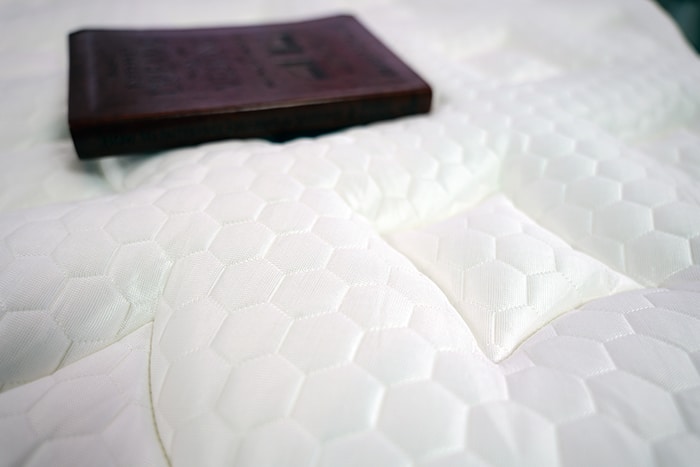
Some quilted covers even use more traditional tufting or may use sewn in faux tufting to accentuate the contour and thickness of the cover.
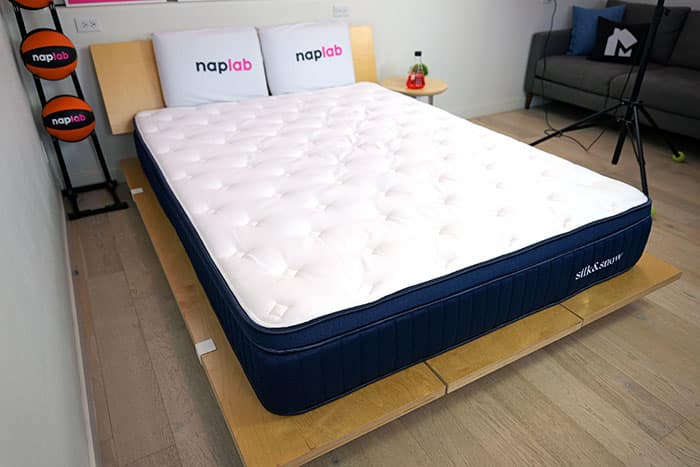
Quilted covers create a more traditional feel compared to thin covers. A quilted cover will create more immediate softness and pressure relief when you first lie down.
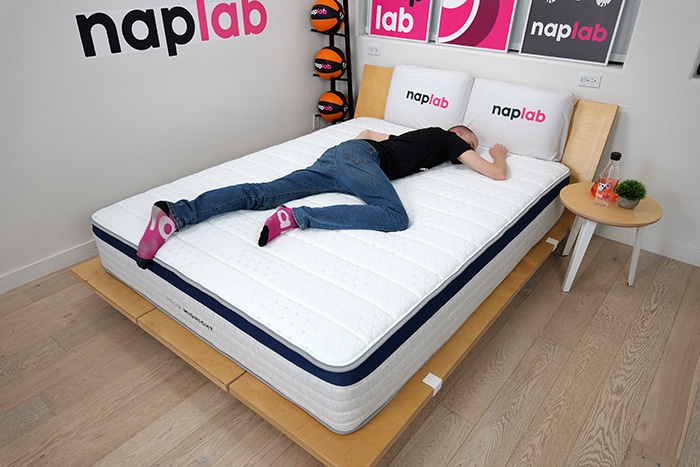
Here are some examples of high-quality mattresses with quilted covers:
Pillow Top Covers
Pillow top covers are the thickest type of cover and contain the most comfort material within the cover.
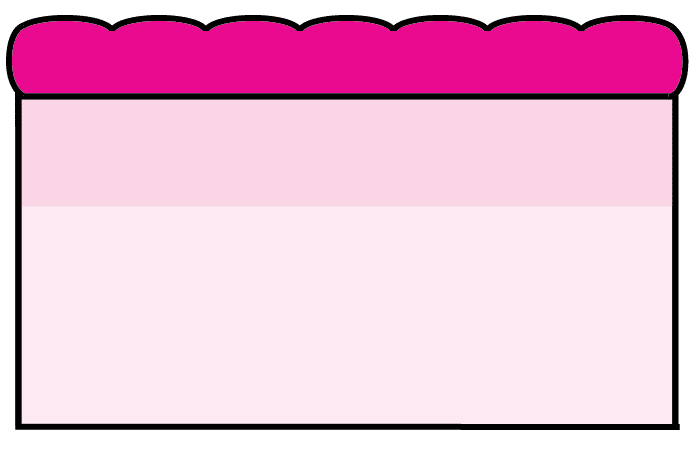
A pillow top cover will typically have between 1.5 – 3.0″ of foam, padding, and/or quilted material. This type of cover often utilizes faux (sewn) tufting and provides a visible “plushness” to the mattress.
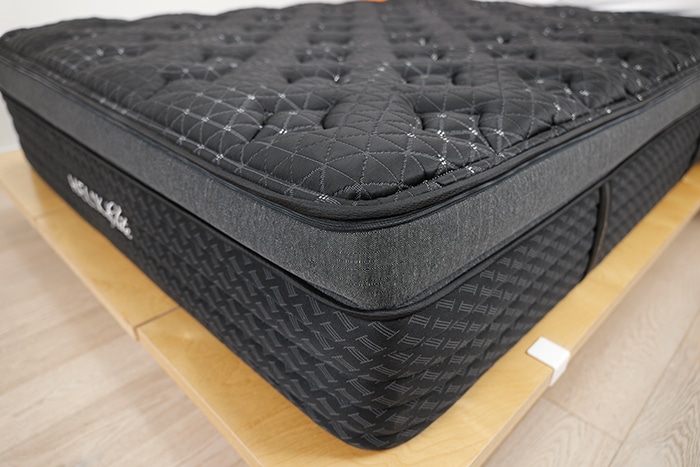
A traditional pillow top mattress used to mean that the mattress had a dramatic separation between the natural “top” of the mattress and the pillow top addition. Even so, the pillow top portion was permanent and could not be removed.
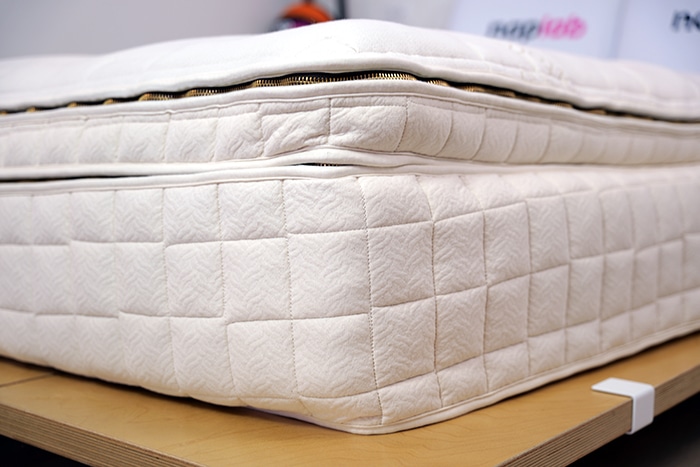
A Euro top cover (aka euro style pillow top) had all the same comfort material and plush quilted cover, but instead of having a visible separate, the sides of the mattress were flush and did not have the same dramatic separation. The euro top extended all the way to the edge of the mattress.
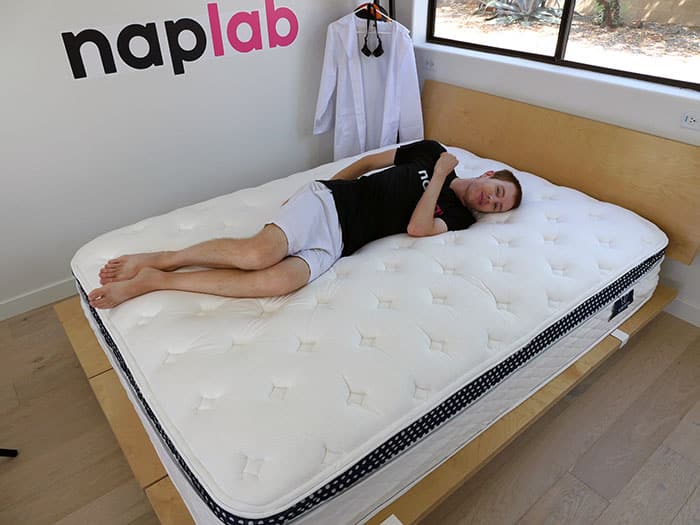
Over the years, pillow top has become a more confusing and muddied term. Many brands use the term pillow top to describe traditional pillow tops, euro tops, euro style pillow tops, and other extra thick quilted covers.

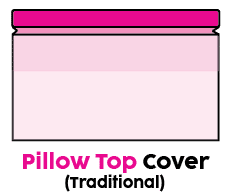
It’s fair to note that traditional pillow top mattresses are quite rare in the modern mattress world. Euro top and euro style pillow tops represent a much larger percentage of mattresses we’ve tested.
Here are some examples of high-quality mattresses with pillow top covers:
FAQs
A thin cover has a thin fabric that is not sewn to the top of the mattress. It typically gives the mattress a breathable feel and allows sleepers more direct engagement with the comfort layers below.
A tight-top mattress is similar to one with a thin cover, but in the case of a tight top, the top edge of the mattress is sewn, giving it a tighter feel, than the stretchy form of a thin cover.
A quilted cover typically includes up to 1.5″ of comfort material that is quilted within the cover fabric of the mattress. The quilting pattern can be linear, scalloped, diamond-stitched, faux-tufted, or traditionally tufted. Traditional tufting techniques involve stitching that ties the top of the mattress to the bottom, which is less common with most modern mattresses.
A Euro cover is a type of pillow top in which layers of foam and other comfort materials are upholstered directly within a cover that runs flush with the top of the mattress and extends to the edge of the mattress.
A traditional pillow top is a type of cover in which a separately distinguishable top layer of comfort materials is affixed to the top of the mattress. Traditional pillow tops tend to have worse edge support and may struggle with durability. For these reasons, they have largely been replaced by Euro tops.
A Euro Pillow Top aka euro style pillow top is a term that some mattress brands are using in place of the less widely known euro top. In many cases, a euro style pillow top is identical in design and function to a euro top. Most consumers are more familiar with what a “pillow top” is. Combining euro top and pillow top into a single term may be an attempt by mattress brands to help consumers better understand the nature of the mattress cover.


